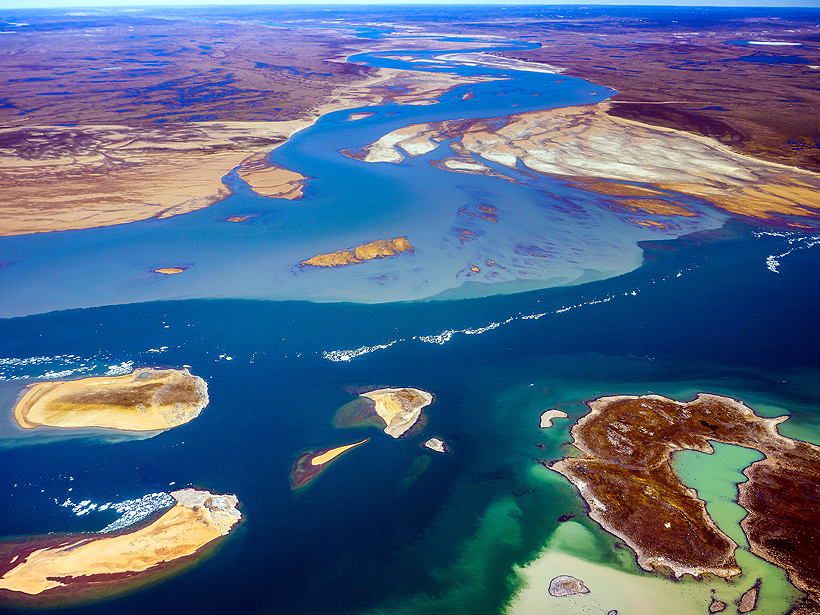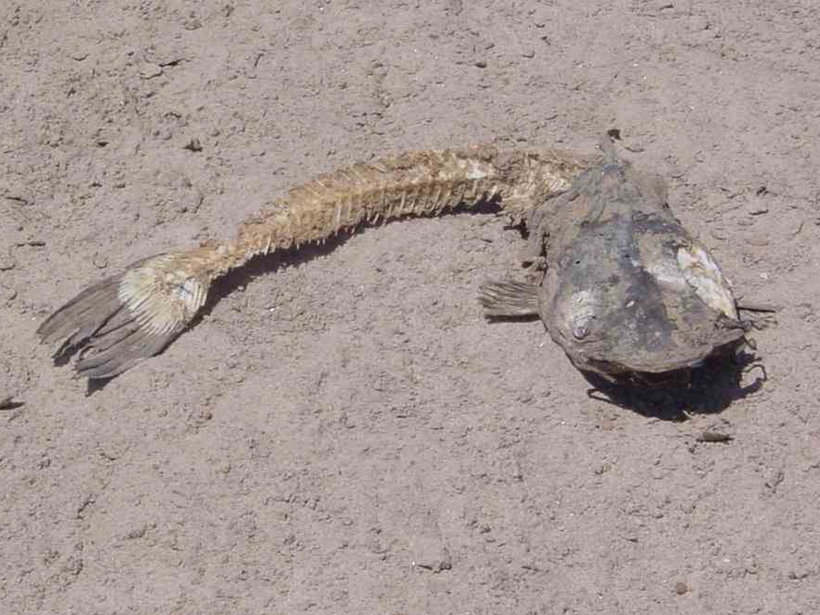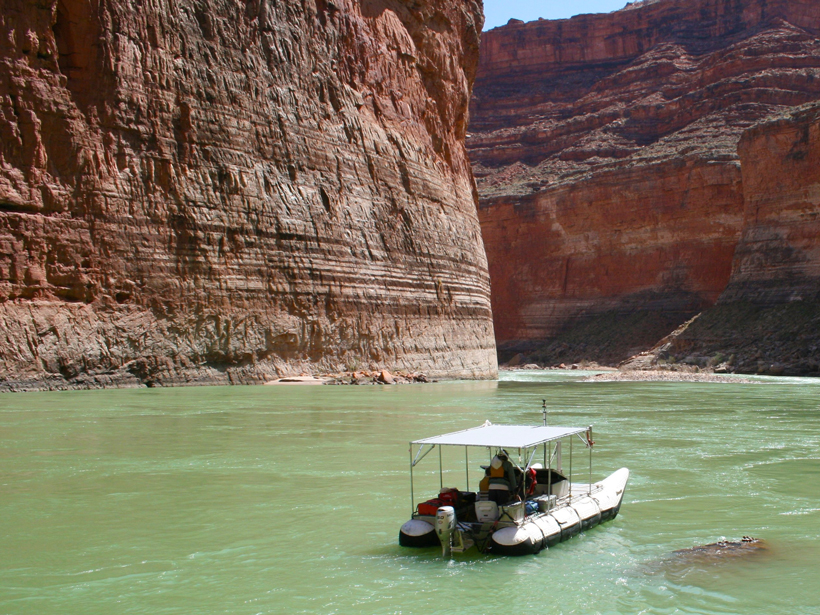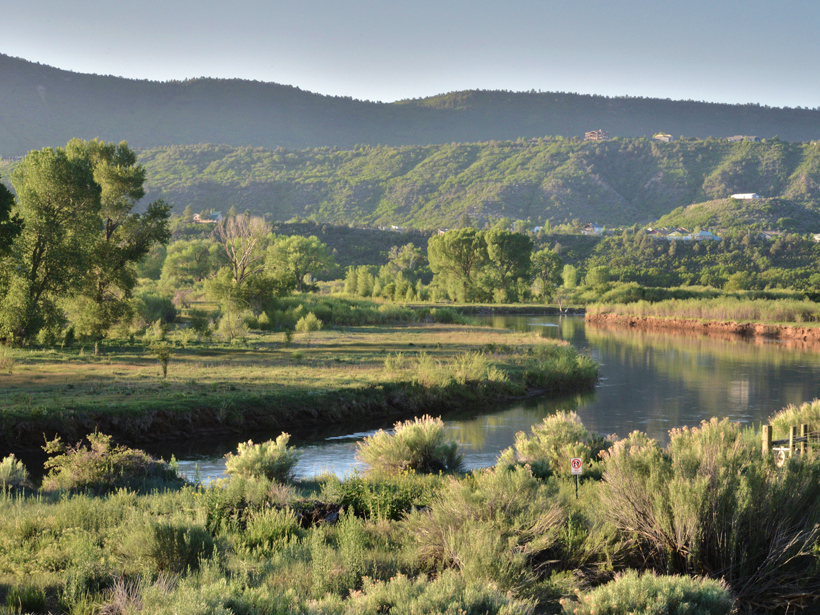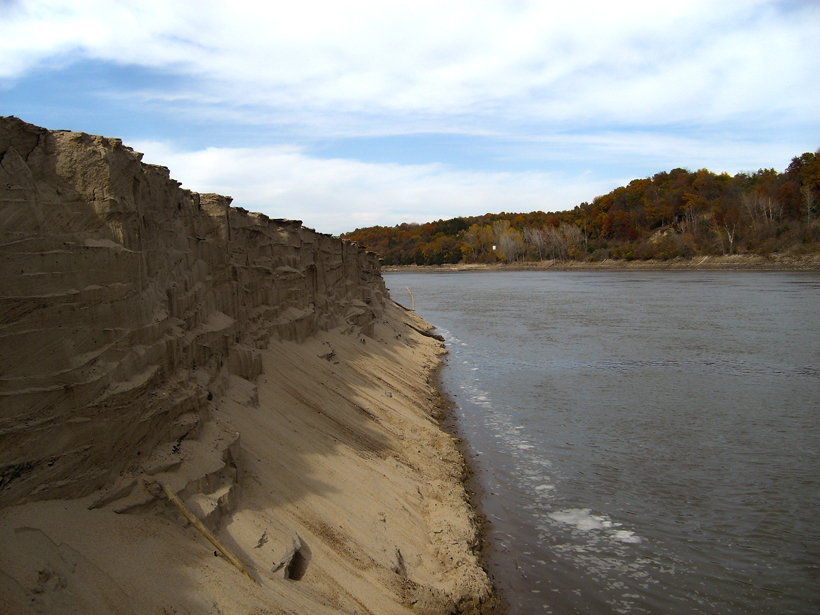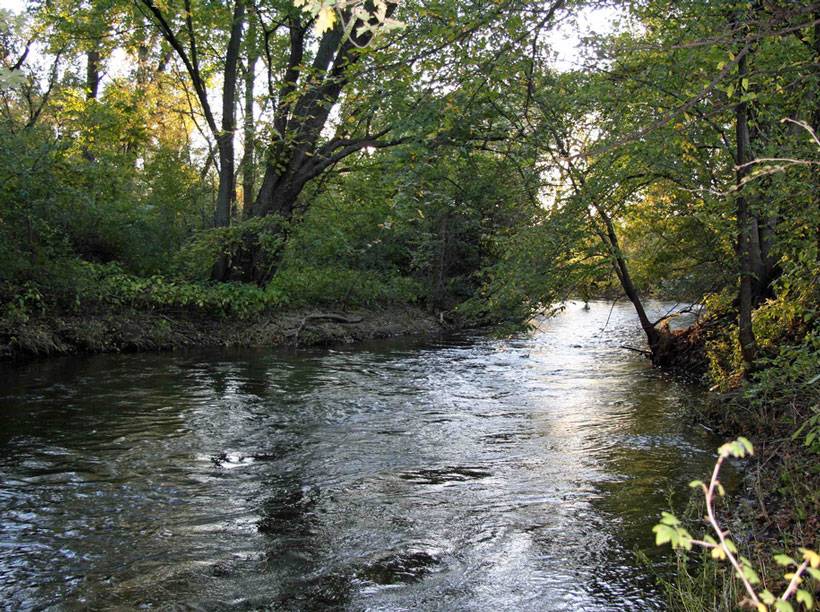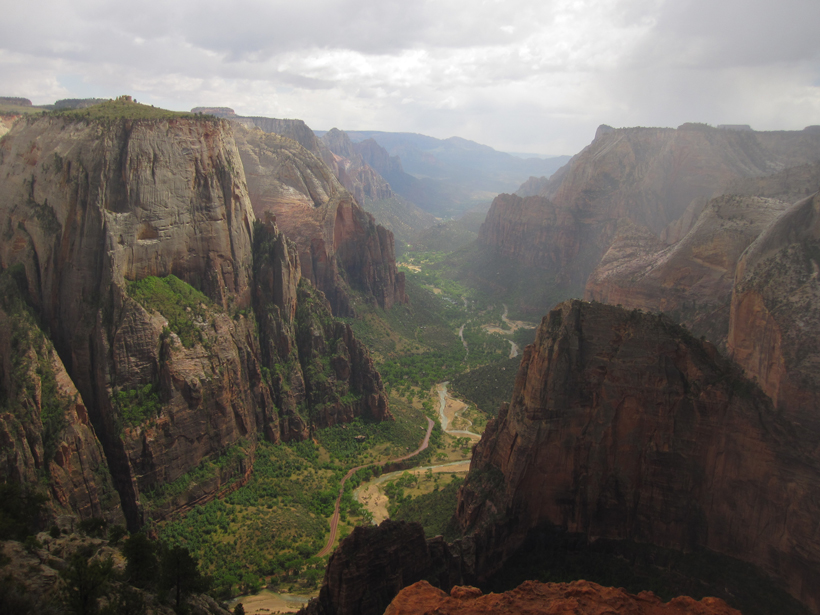The effect of particle size on bedrock erosion rates adds complexity to modeling bedrock channel evolution.
rivers
Small Rivers Could Have Big Impact on Arctic Ocean
The Mackenzie River carries the bulk of freshwater flow from North America's tundra to the North Atlantic. But what about the effects of smaller rivers from Canada's Arctic islands?
How Can We Better Understand Low River Flows as Climate Changes?
When rivers run low, they threaten ecosystems, economies, and the communities who depend on them. Scientists need to determine how climate change alters this process, but to do so, they'll have to abandon a long-held assumption.
Using Sound Waves to Study Grand Canyon Sediment
New technology could help scientists understand how experimental floods from Glen Canyon Dam restore sandbars downstream.
Inflexibility of Some Hydrological Models Limits Accuracy
Reducing the number of fixed assumptions may improve the accuracy of complex process-based models.
Dynamics of the Earth's Surface in the Eastern Tibetan Plateau
River erosion increased rapidly following rock uplift events in the plateau approximately 11 million years ago.
McKnight Receives 2014 Hydrologic Sciences Award
Diane McKnight received the 2014 Hydrologic Sciences Award at the 2014 American Geophysical Union Fall Meeting, held 15–19 December in San Francisco, Calif. The award is for outstanding contributions to the science of hydrology.
Shape of Stream Channels Gives Clues to Sediment Size
The shape can also reveal information on the force required to carve sediment from its bank.
How a River Gets Its Width
A new model of deposition and erosion on river banks allows scientists to study how the banks control their stream’s width.
Bank Materials Strongly Influence River Valley Evolution
Models suggest that the shape of river valleys depends strongly on how meandering rivers interact with the sediment and bedrock of the banks.


